
The three versions of the RD artist. left: the RD 77, middle: the RD 79, right the RD CMT. There are a number of differences, in electronics, hardware and also scale. These are summarised below.
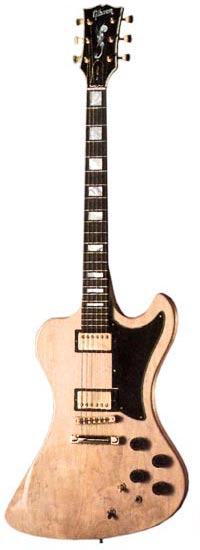
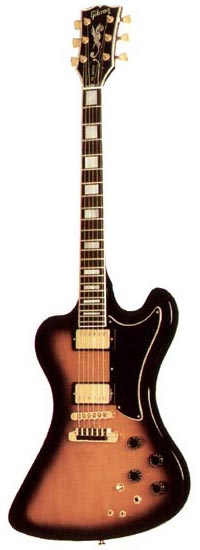
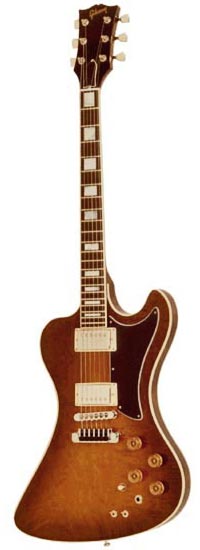
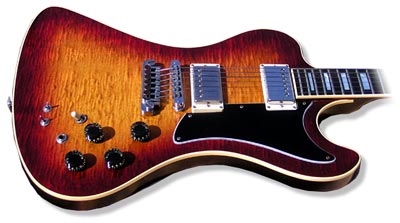
A fine example of a CMT RD Artist, with a particularly nice top veneer
“When the RD Series of guitars and basses were first designed, the Gibson Research and Development department wanted to pack their electronic innovations into the most suitable body. The RD guitars were styled at the same time as their active circuitry was developed, in this way the design of this instrument was a completely integral process. The result of this integral design is quite obvious - guitars and basses that are balanced and effective without gadgetry or ornamentation”
The RD series consisted of three guitars and two basses, but this was certainly the flagship instrument. All advertisements featured the new active Artist models - which is not surprising as these were certainly very new and groundbreaking guitars

The scale of the RD77 was 25 1/2" - the longest Gibson guitar produced. When it was replaced with the more traditionally scaled (24 3/4") RD-79, the longer-scale RD-77 was still available as a custom order, at the same price. These new RD-77s still had the RD-79 expansion/compression switches.
In March 1981, Gibson announced to dealers a limited run of 100 RD CMT guitars, for delivery in April. This guitar had mixed features; a slab body with a curly maple top, bound and with no contours. Hardware was nickel plated rather than gold, and there were no pearl inlays, just a Gibson decal. The price list released at the same time (April 1st 1981) has no mention of any RD guitars, so these were very definitely an end-of-the-line model. Was this Gibsons attempt to shift some RD Artists at a reduced price?
The RD Artist guitar and bass had a unique new "Flying f-hole" headstock inlay design. It was created by Gibson design artist Chuck Burge - an f-shaped soundhole with wings, and a lightning bolt in it's center to represent the active nature of the instruments.
Electric guitar advertisements originally published from 1978 onwards. Click on the images for larger copies. Check out other vintage Gibson advertisements
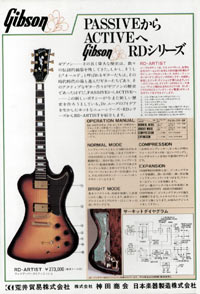
Gibson RD Artist - Passive Active Gibson RD (1978)
Advertisement from the magazine Music Life (April 78), which comes from Japan. The functionality of the RD artist guitar is explained in detail (In Japanese)
[more]
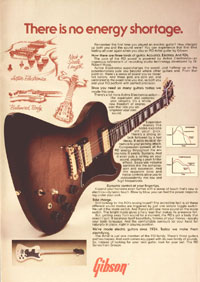
Gibson RD Artist - There Is No Energy Shortage (1979)
Late seventies advertisement for the RD Artist guitars and basses, detailing the active electronics and the expansion/compression features built into these guitars
[more]
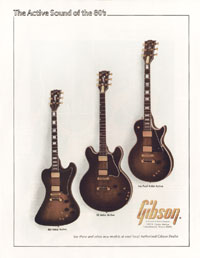
Gibson RD Artist - The Active Sound Of The 80s (1979)
This advert features three Artist series guitars; each with active electronics designed by Bob Moog: the RD Artist which had been around since 1977, the semi-acoustic ES Artist and Les Paul Artist,...
[more]
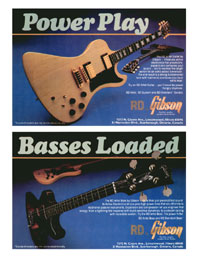
Gibson RD Artist - Power Play - Basses Loaded (1979)
This advert for the RD series actually appeared on two consecutive pages of the magazines in which they were printed. The top half, for the RD Artist guitar on the left, the RD Artist bass on the r...
[more]
$100
$140
$3997
$70
$60
$3199
$199
$33
$250
$3399
$3995
$120
$90
$3569
£3985
£5077
€490
€3600
£2812
£4399